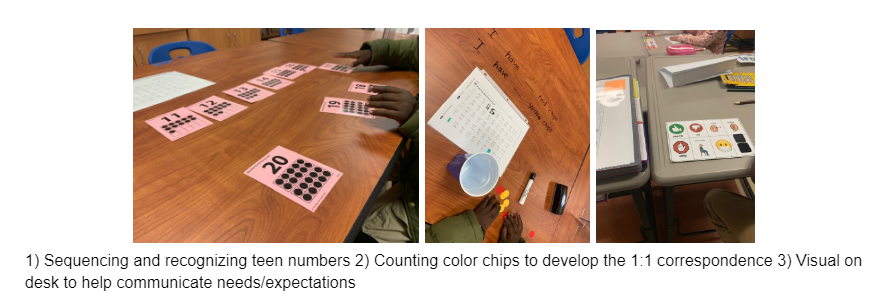
27 Jul A day in the life of an ESOL teacher
What exactly do ESOL teachers do? How do they support English Language Learners and general ed teachers in and out of the classroom?
I am going to share bits and pieces of the life of an ESOL teacher. This is my seventh year as an ESOL teacher and every year, there is always something new to learn. Depending on your district and school size, an ESOL teacher might be spread across many buildings and grade levels. Also, there is no definite “cap” number of ELs on a caseload.
I am at an elementary school and I work with ELs in grades 3-5. I have roughly 33 ELs on my caseload who are primarily in grades 4-5. I am a believer in co-serving and pushing-in into the classrooms to better support our ELs. On occasion, I may need to pull out a small group or specific students for 1:1 lessons. I am going to share with you a mix of both how I do that.

This year, I have a 4th-grade newcomer student with minimal schooling background but has the determination to learn. For many newcomers, a full day of learning and hearing English all day long can get exhausting.
Since my student comes in at an upper grade with minimal schooling, I do a 30-minute pull-out for both math and literacy. This is to help build a ground base for the English language. I am fortunate to have a paraprofessional who also is able to assist him in specific activities in his classroom as well.

I push-in into multiple math and literacy blocks daily. I rotate between a few different classes every other day since I have ELs in more than 4 classrooms. During a math block, I work with groups or individual students when there are math workplaces. Since there is more note-taking in these grades, I might create fill-in-the-blanks or word banks for students to have beforehand. I create and share these resources with classroom teachers to keep in their classrooms for days when I’m not there.

During a literacy block, I meet with groups or confer with individual students. I plan with a few teachers weekly on the use of graphic organizers and adding pictures to their slides or anchor charts. I have also begun working with one teacher on writing target goals to help guide lessons. Depending on the lesson, sometimes the classroom teacher would be leading the lesson while I create an anchor chart or a list of the main ideas of the lesson

For my mid to higher language level students, we work on vocabulary and structural language. For my lower language level students, I provide more modifying support and activities. Another thing I do during “turn and talks” for my lower language level students is to have them listen to their partner and repeat what they said or vice versa. This helps them build that language.
Aside from academics, there are also school-to-home communication needs in between all of this. In my district, we are fortunate enough to have interpreters for most of our language needs but they are also paraprofessionals in their own buildings. So sometimes, simplifying certain newsletters or messages is easier and quicker if I do them myself. Or when families know simple enough English, I may make a phone call home when it’s something urgent. Families want to be involved in their child’s education, so keeping this communication line open is so important.
This is just a glimpse into what I do as an ESOL teacher but there are many little things that can’t just be shown or written down. Every learner has different supports and needs in and out of the classroom. That is why co-serving with classroom teachers is a big part of my job. It is a team effort to best meet the needs of students.
More articles by Houa Yang-Xiong about ESOL teaching
5 essential strategies to truly engage English Language Learners
6 myths about English Language Learners debunked to make supporting them easier
The post A day in the life of an ESOL teacher appeared first on Truth For Teachers.
What exactly do ESOL teachers do? How do they support English Language Learners and general ed teachers in and out of the classroom? I am going to share bits and pieces of the life of an ESOL teacher. This is my seventh year as an ESOL teacher and every year, there is always something new … Continued
The post A day in the life of an ESOL teacher appeared first on Truth For Teachers. Equity Resources, Truth for Teachers CollectiveRead More
Equity Resources, Truth for Teachers CollectiveRead More

Sorry, the comment form is closed at this time.